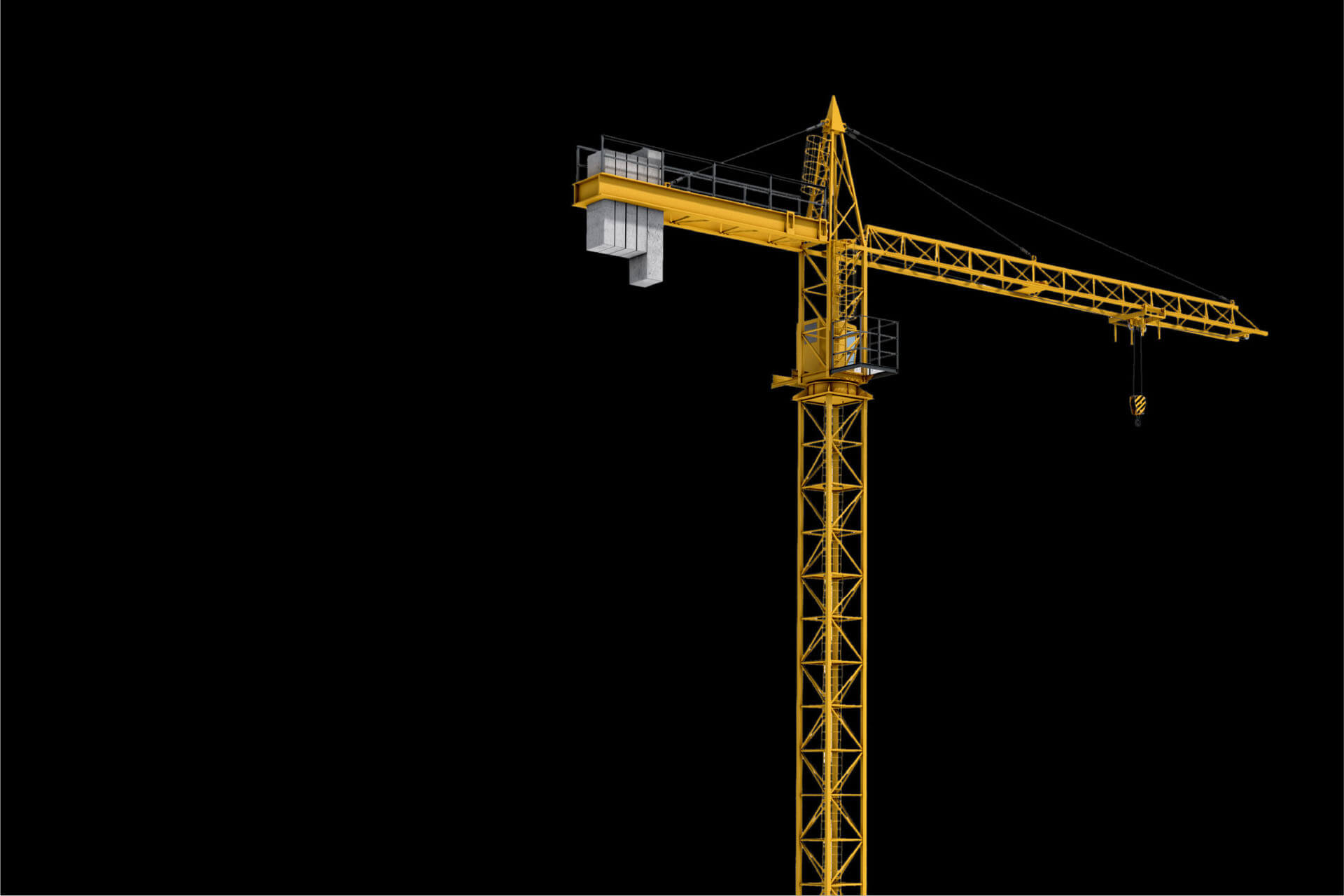Published on 05 November 2021
How Technology is Improving Construction Site Safety
Published on 05 November 2021
We’ve all undoubtedly heard about or experienced for ourselves how smartwatches are being used to track health and fitness. But how are the same technological advances being used in the construction industry?
Applications as diverse as smart hard hats, goggles and boots to power-assisted suits are today becoming increasingly commonplace on construction sites.
Such is the technology’s skyward growth, that between 2017 and 2018 alone, investment in U.S. based construction technology startups mushroomed 324% to almost $3.1 billion.
The technological possibilities are almost endless, ranging from drones and sensors to virtual reality. While smart tools and wearables that monitor heart rate and temperature can now detect hazards and alert a supervisor if a worker is hurt or in danger. Unsurprisingly innovative devices like these are rapidly transforming how risk is handled in the construction industry.
Used alongside rigorous health and safety programs, including the requirement for construction workers to always wear a hard hat, carry out site visits and risk assessments, tech innovation can and will increasingly make a huge difference in reducing the frequency and severity of accidents on site.
A full toolbox of technologies is driving site safety
Drones or unmanned aerial vehicles are being used to carry out site surveys and inspections for structural faults. By using photographic and video technology, they can quickly identify and map hazardous areas.
Another widely used technology is site sensors, which can be installed in different parts of a construction site to monitor variables such as temperature, humidity, pressure, dust particles, noise levels and volatile organic compounds or chemicals. That data is then used to ensure workers aren’t exposed to harmful situations or materials.
As we move towards an increasingly more advanced and automated world, technology’s possibilities are almost limitless. At the cutting-edge of this are power-assisted suits and exoskeletons, manufactured by the likes of Panasonic and Daewoo, which can help workers to bend, lift and carry heavy objects and tools, thus reducing the likelihood of injury or fatigue.
Yet, perhaps the most visible and widely used technology to feature on construction sites are wearable devices. Having migrated from fitness trackers and heart monitors they are being used as part of existing staff work clothes and accessories. Applications include smart boots, which use installed sensors to detect hazards. smart hard hats, vests, goggles and smartwatches are also used to monitor workers’ temperature and heart rate for signs of exhaustion or heat stroke. The beauty of this technology is that it can be implemented using an employee’s existing phone via app based technology for fast and cost effective implementation.
Tech both before and after accidents is offering better protection to workers
If the worst should happen and an accident occurs, technologically enabled first-aid and medical equipment is also being increasingly deployed to quickly treat injuries sustained on construction sites. Some devices, for example, are used to quickly stop bleeding, and can be the difference between life and death.
Even before the construction team is on site, virtual reality is being utilized to simulate real-life construction site environments. It can be employed to train workers how to handle new equipment in a safe and controlled way or to make them aware of potential hazards when carrying out a risk assessment or on-site work.
Tech makes sites more productive and efficient
Technology is also being leveraged to improve efficiency and productivity on site. At the forefront are robots which can be used to perform simple manual tasks such as carrying tools or equipment and can help to overcome the problems of labor shortages and social distancing.
Key to greater efficiency is augmented reality, which can be used to help workers follow building plans more accurately by providing images of the work required and the finished product. As well as giving workers critical real-time safety information when they are working on the job.
Technology can be applied in modular construction too, where parts of the building are constructed off-site and then delivered and assembled, to reduce waste and optimize efficiency. Building information management and 3D printing also enable construction firms to create structures using their digital design, producing them quicker than employing traditional methods, making more efficient use of materials and eliminating design faults.
Artificial intelligence is helping to make smarter decisions
Much of this technological advance is driven by artificial intelligence and machine learning, which provide more informed decision-making throughout the project lifecycle, from planning through to completion. It’s used via software that analyses job site photographs to identify risks and safety violations or to review past projects and recommend more cost-effective and efficient working practices. Or in improving building design and optimizing supply chain delivery of materials.
So, what are the implications of all these new technologies for improved risk management, insurance buying decisions and even to post loss event recovery and claims settlement? And how can brokers help their clients adopt this technology to improve construction site safety and efficiency?
The big benefits: safer sites and better loss ratios can lead to greater premium stability
Initially, the upfront investment in this technology on a wide scale can be significant. Then there is the need to have the right systems, training programs and infrastructure in place to support and maximize its use, which also costs time and money.
However, the long-term benefits that can be gained from using the technology far outweigh the initial outlay required. Implemented and monitored properly, these varied applications have been proven to significantly reduce workplace accidents and claims, thus helping to reduce loss ratios and ultimately to stabilize premiums at the other end.
Underwriters will view the adoption of this technology more favorably when it comes to assessing and pricing the risk, especially where the client has been able to show tangible results in improving their safety record. They may also be willing to offer larger coverage limits too.
The downside: more risks, malfunctions, and cyber exposures
Despite all the obvious advantages technology brings, it also presents a host of new exposures and costs. For example, the risk of off-site production and transportation, and the additional coverage required for this.
Wider exposures include technology malfunction, cyber-attack and data breaches, as well as property damage. These potential problems need to be built into an overall plan for each individual site which encompasses traditional as well as tech- based risk management, relevant and responsive insurance should the worst happen and effective post event support and mitigations.
The broker’s role: facilitating their clients’ digital transformation
The insurance broker’s role is vital is helping construction firms to understand and map out the specific risks they face, leaving no stone unturned when looking at loss history and potential liabilities.
Using their expert knowledge of these technology products, alongside the latest data and analytics, they can help to successfully implement them as part of an overall risk management program.
By identifying their main risks, they can select and recommend the best technological equipment to address them. Then after showing the client how to use them most effectively and integrate them within their workplace, they need to monitor how successful they are at reducing accidents and improving workflow efficiency.
They can also find the best insurance policy that fits the technology the client has adopted.
As the technology continues to evolve, more products will become available to help improve construction site safety and efficiency. Brokers can play a big part in helping their clients to make the most of this technology, most importantly enabling them to reduce workplace accidents and claims, and ultimately to become more productive.

Brian Denney
Brian has 32 years of specific construction experience and specialises in the design, placement and servicing of insurance programmes for clients globally. Brian’s expertise is in infrastructure risks and has extensive experience in risk management and the specific insurance requirements of large and complex civil construction projects including tunnels, bridges and roads procured through both the public and private sector. The PPP nature of many of these projects has led to a broad experience of structured finance projects.
